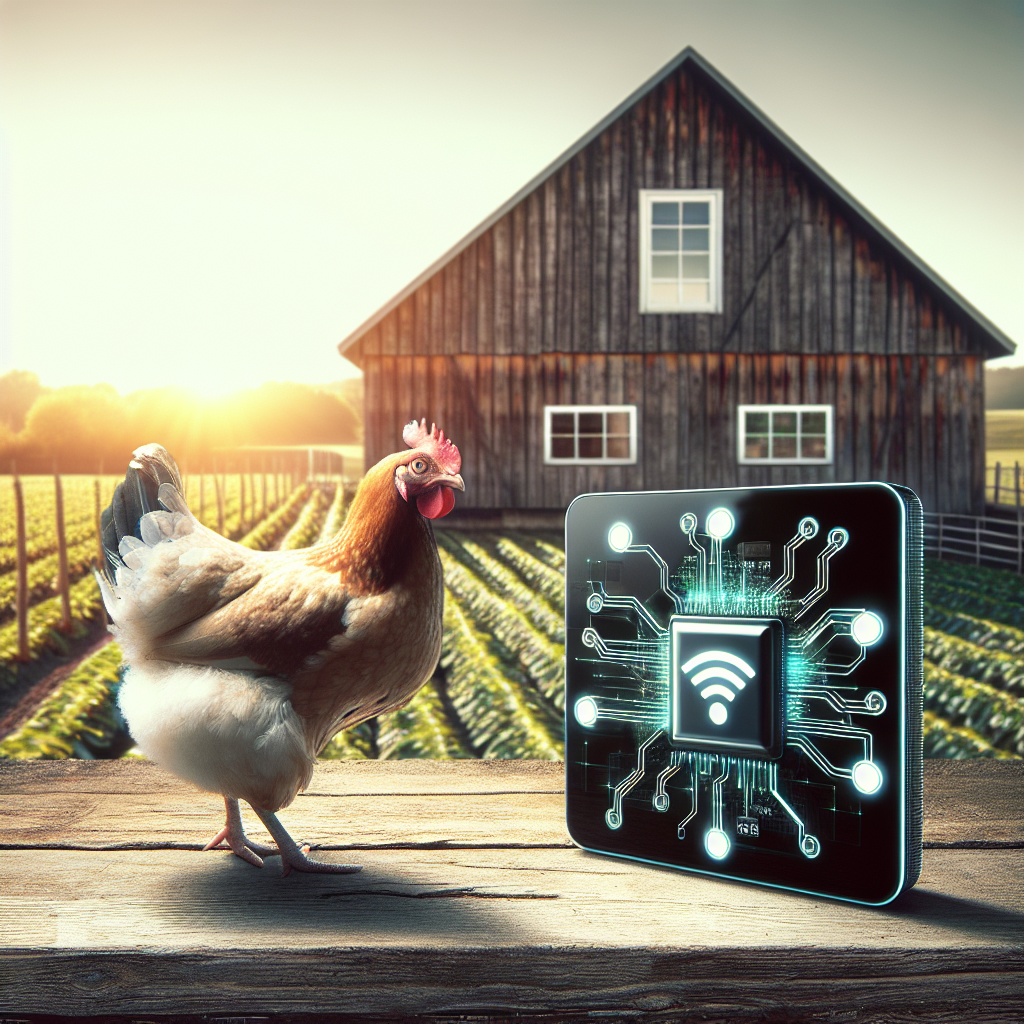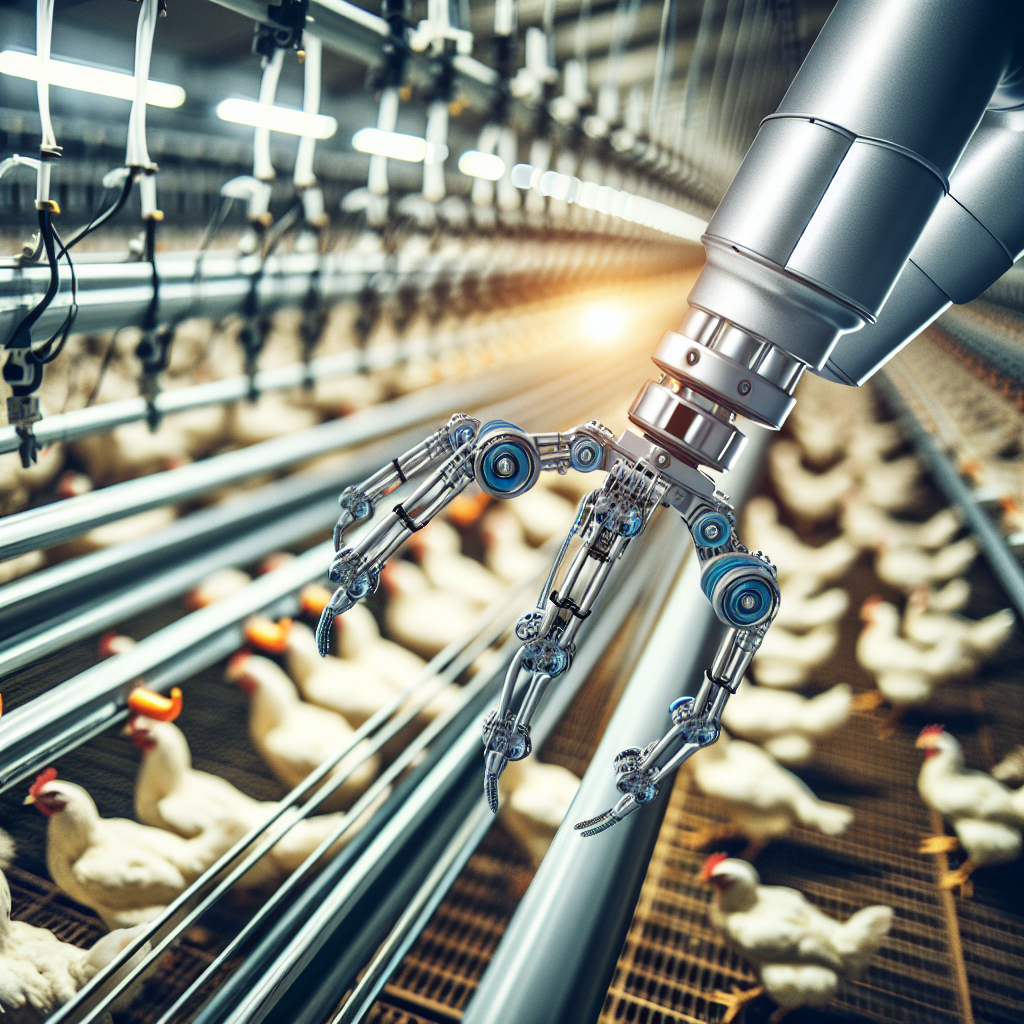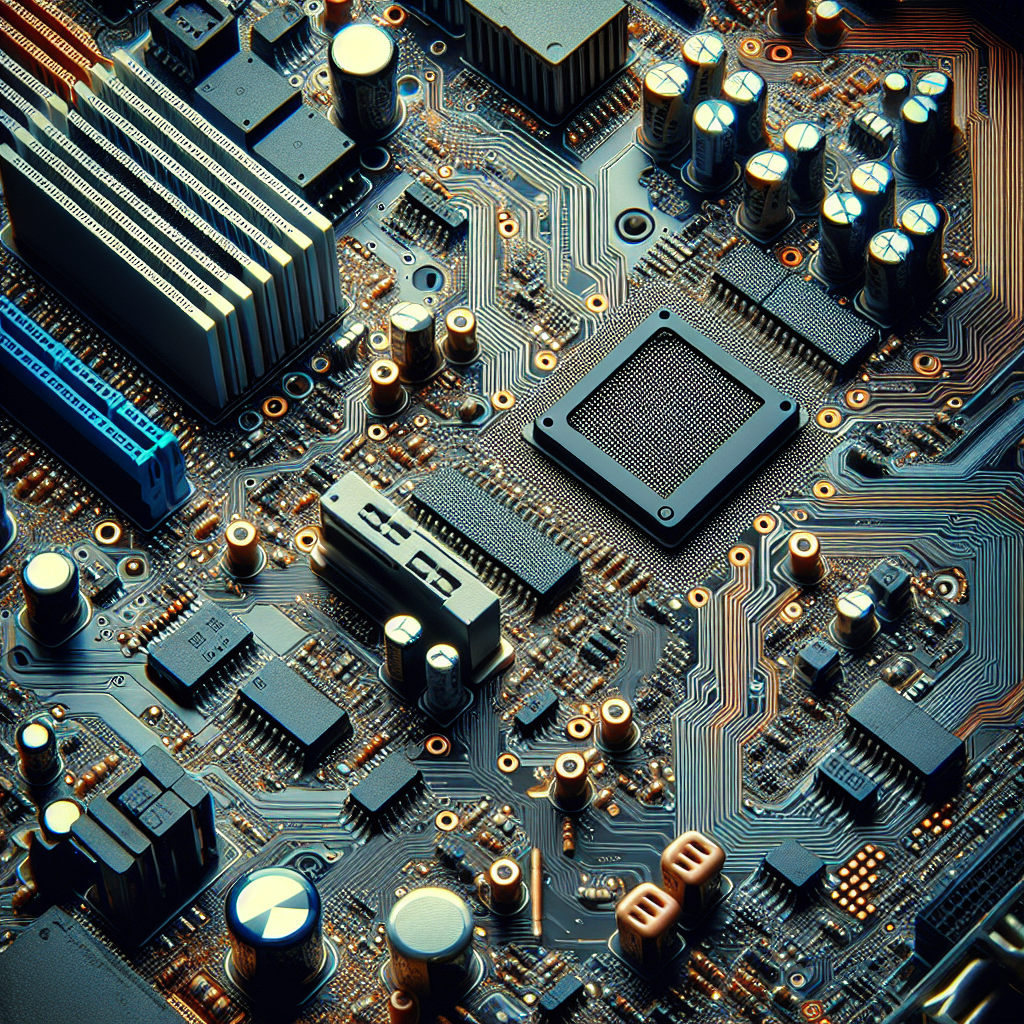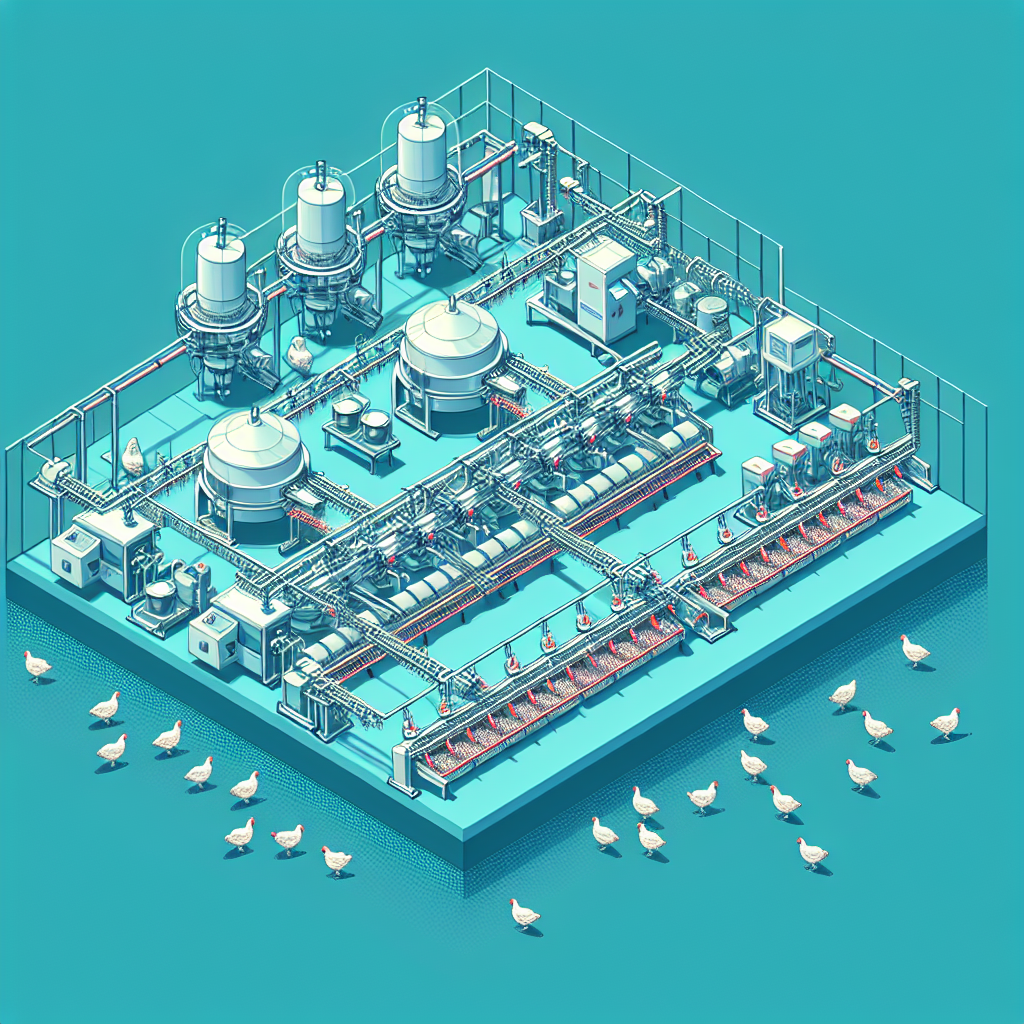Imagine a future where technology and farming go hand in hand, optimizing the way we raise and manage livestock. In this article, we explore the pros and cons of incorporating IoT (Internet of Things) devices into poultry farming. From increased efficiency and productivity to potential security vulnerabilities, we’ll uncover the potential benefits and drawbacks of embracing this cutting-edge technology in the world of agriculture. So whether you’re a curious farmer or simply interested in the intersection of technology and farming, get ready to discover the ins and outs of using IoT devices in poultry farming.
Pros of using IoT devices in poultry farming
Increased efficiency and productivity
Using IoT devices in poultry farming can greatly increase the efficiency and productivity of the operation. This technology allows for streamlined processes and reduced manual labor, as many tasks can be automated. This means that farmers can spend less time on routine tasks and focus on other aspects of their business. Additionally, IoT devices enable enhanced operational planning and decision-making. Real-time data and analytics provided by these devices can help farmers make informed choices to optimize production and improve overall efficiency.
Real-time monitoring and data collection
One of the major benefits of using IoT devices in poultry farming is the ability to monitor conditions in real time and collect valuable data. Continuous monitoring of environmental conditions such as temperature, humidity, and air quality allows farmers to ensure optimal living conditions for their birds. Early disease detection and prevention is another advantage, as IoT devices can monitor bird behavior and performance to identify any signs of illness or distress. With real-time data collection, farmers can take immediate action to address any potential health issues and prevent the spread of diseases within the flock.
Automation of routine tasks
Automation is a key advantage of IoT devices in poultry farming. Tasks such as feeding, watering, waste management, and cleaning can all be automated, reducing the need for manual labor. Automated feeding and watering systems ensure that birds are consistently provided with the right amount of food and water, reducing the risk of under or overfeeding. Efficient waste management systems help minimize the risk of diseases and maintain a clean environment for the birds. Automatic control of ventilation and temperature ensures that optimal conditions are maintained in the poultry house, promoting the overall health and well-being of the birds.
Improved animal welfare and health
IoT devices contribute significantly to the improvement of animal welfare and health in poultry farming. With better disease management and treatment options, farmers can identify and address health issues at an early stage. This leads to reduced stress and mortality rates among the birds. Additionally, IoT devices allow for enhanced biosecurity measures, helping to minimize the risk of diseases entering or spreading within the farm. By consistently monitoring conditions and promptly addressing any issues, farmers can create a healthier and safer environment for their poultry.
Optimized resource management
Effective resource management is crucial in poultry farming, and IoT devices can help optimize the usage of resources such as water, feed, and energy. By monitoring water and feed usage in real time, farmers can ensure that the right amounts are provided to the birds, preventing wastage and reducing costs. Energy-saving practices can be implemented through IoT devices, such as controlling lighting and temperature systems to minimize energy consumption. These devices also contribute to minimizing the environmental impact, as efficient resource management reduces waste and improves sustainability in poultry farming operations.
Cons of using IoT devices in poultry farming
Initial setup cost
One of the main drawbacks of implementing IoT devices in poultry farming is the initial setup cost. Investing in IoT infrastructure and devices can be expensive, especially for small-scale farmers with limited budgets. Additionally, training and education for farmers are necessary to fully understand and utilize the technology effectively. The integration of IoT devices with existing farm systems may also pose challenges, as it requires compatibility and seamless integration.
Reliance on internet connectivity
Another disadvantage of using IoT devices in poultry farming is the reliance on stable and fast internet connectivity. In remote areas or regions with poor internet coverage, farmers may experience potential disruptions in connectivity. This can hinder the real-time monitoring and data collection capabilities of IoT devices, affecting the overall efficiency and effectiveness of the system. Furthermore, the risk of downtime due to internet connectivity issues can have a significant impact on farm operations, particularly if critical tasks rely heavily on IoT devices.
Data privacy and security risks
The use of IoT devices in poultry farming raises concerns about data privacy and security risks. With the collection and transmission of sensitive farm data, there is a potential for unauthorized access or data breaches. Farmers must take adequate precautions to ensure that their data is securely stored and transmitted. This may require investing in robust cybersecurity measures, such as encrypted data transmission and secure storage systems. Adequate data privacy policies and protocols also need to be in place to protect the farmers’ and customers’ information.
Technical difficulties and complexity
Implementing and managing IoT devices in poultry farming may pose technical difficulties and complexity for some farmers. The setup and configuration of devices and sensors require technical expertise and support. Farmers must be willing to adapt to new technologies and learn how to operate and troubleshoot IoT systems effectively. The complexity of the technology may also pose challenges for farmers who are unfamiliar with digital systems, requiring additional support and training to ensure successful implementation and use.
Limited adaptability and customization
The adaptability and customization options of IoT devices in poultry farming can be limited. Different poultry breeds may have specific requirements that cannot be easily accommodated by generic IoT systems. Compatibility issues between the devices and specific poultry breeds and farm management practices may arise, limiting the effectiveness and flexibility of the technology. Farmers may also experience vendor lock-in, where they are tied to a specific supplier or brand, limiting their options for customization and adaptation to their unique farming needs.
In conclusion, using IoT devices in poultry farming offers several advantages, including increased efficiency and productivity, real-time monitoring and data collection, automation of routine tasks, improved animal welfare and health, and optimized resource management. These benefits can greatly enhance the overall operation of poultry farms and contribute to sustainable and profitable businesses. Despite the positives, there are also drawbacks such as initial setup costs, reliance on internet connectivity, data privacy and security risks, technical difficulties, and limited adaptability and customization. Farmers must carefully consider these pros and cons to determine if integrating IoT devices into their poultry farming practices aligns with their goals and resources. With proper planning, training, and support, the benefits of using IoT devices can outweigh the challenges and contribute to the success of the poultry farming industry.




